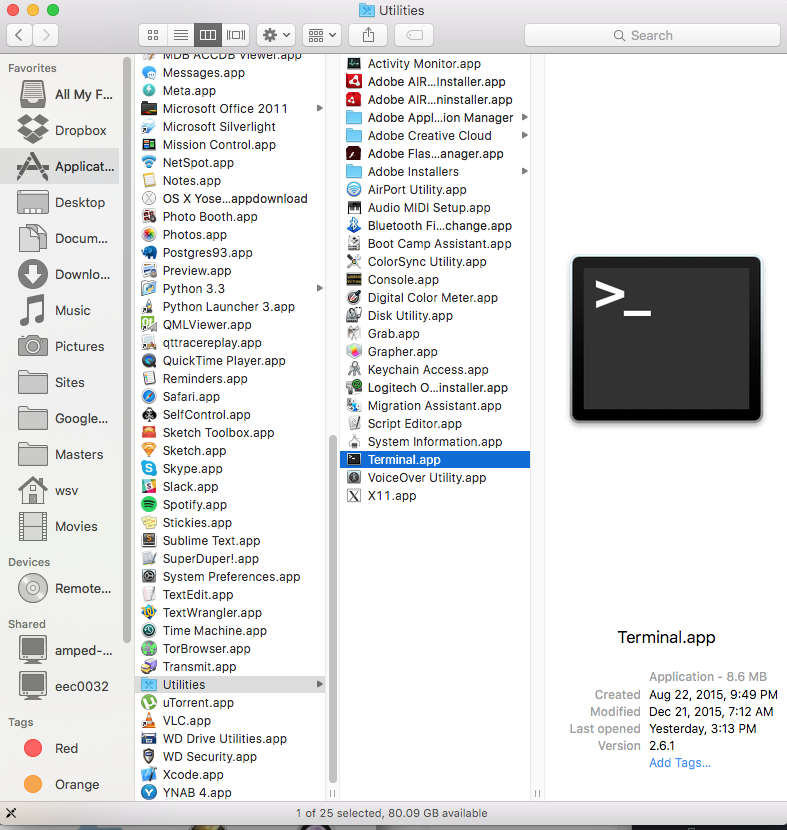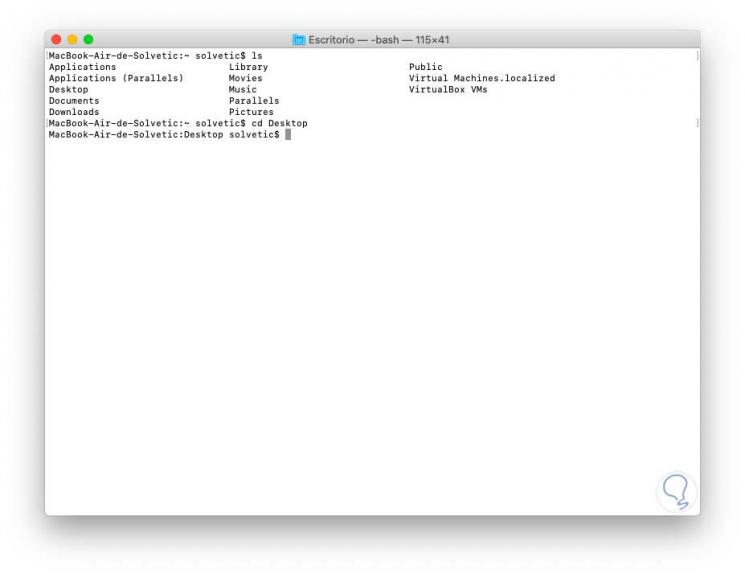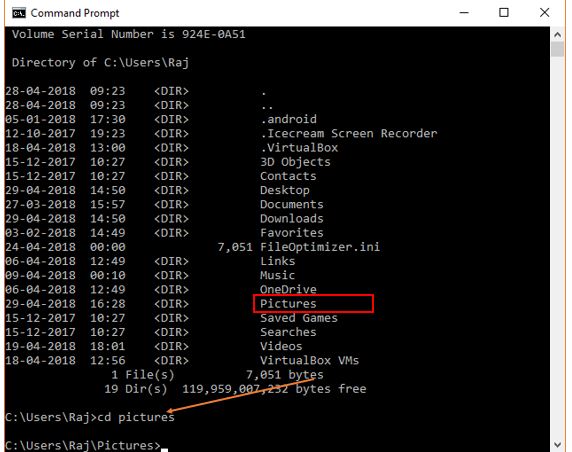

, you will change into the current directory or, in other words, the command will do nothing. ), one after the other, represent the parent directory or the directory immediately above the current one. On Unix-like operating systems, the current working directory is represented by a single dot (. In short, if the path starts with a slash ( /), it is the absolute path to the directory. You can also navigate to the same directory by using its absolute path: cd /home/username/Downloads Assuming that the Downloads directory exists in your home directory, you can navigate to it by using the relative path to the directory: cd Downloads The absolute or full path starts from the system root /, and the relative path starts from your current directory.īy default, when you log into your Linux system, your current working directory is set to your home directory.

When specifying a directory to change to, you can use either absolute or relative path names.

To switch to a directory, you must have executable permissionsĬommand allows you to find out what directory you are currently in. Adding a slash at the end of the directory name is optional. When navigating through the file system, you can use the Tab key to autocomplete the names of directories. In its simplest form, when used without any argument, cd will take you to your home directory. In other words, when this option is specified, and you try to navigate to a symlink that points to a directory, the cd will change into the directory. By default, cd behaves as if the -L option is specified. The command accepts only two options that are rarely used.


 0 kommentar(er)
0 kommentar(er)
